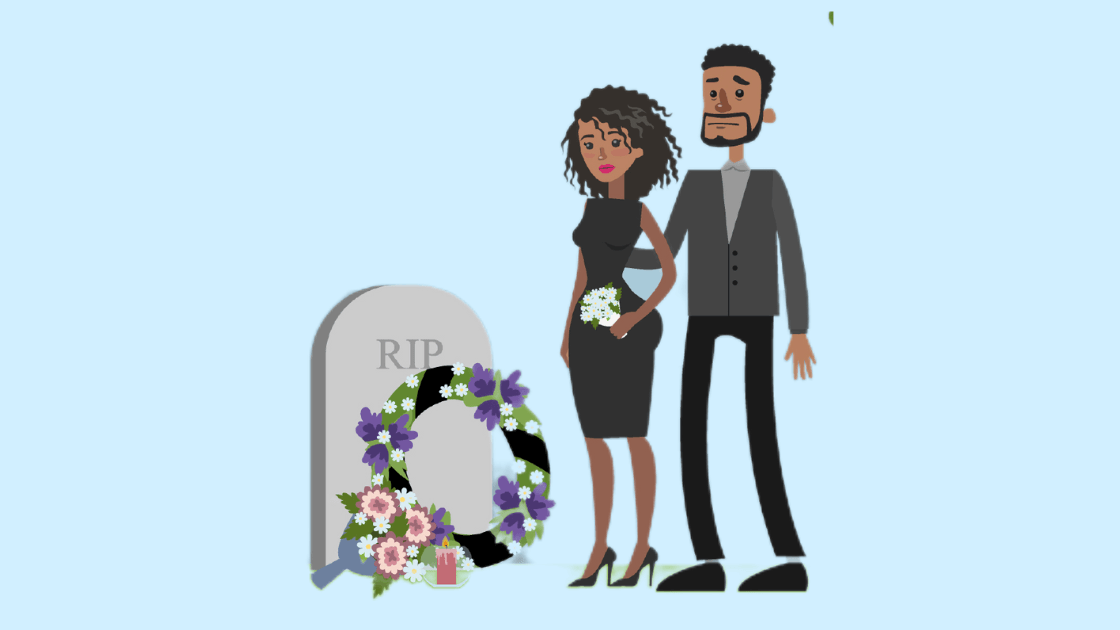Black funerals are often elaborate joyful sendoffs for the deceased as they enter their heavenly home. For those who are Christian, these homegoing celebrations are emotional events that incorporate cultural and ethnic traditions into the Christian funeral and burial rituals.
While blacks in America embrace many religions, 75% consider themselves Christian and belong to various Protestant, Catholic, Pentecostal, and other denominations. The funerals they hold for family members contain many elements of a typical Christian funeral but have many customs that honor their own traditions and ethnicity.
While an increasing number of black people opt for cremation, most African-Americans prefer the meaningful traditions that surround a black funeral.
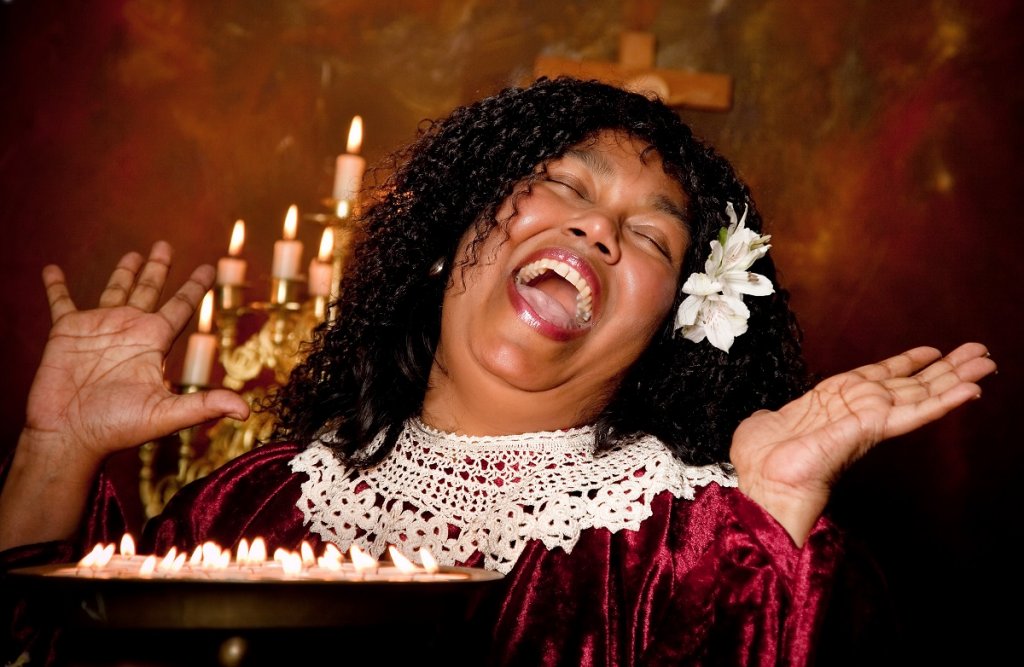
Table of Contents
Homegoing Celebration With Funeral Traditions From Slavery
Because African Americans were enslaved for more than 400 years, some traditions that developed during slavery characterize contemporary funerals. Funerals were one aspect of their life they could control. During slavery, some slaveowners were restrictive towards slaves who wanted to celebrate the passing of loved ones. Still, many masters allowed them freedom to have services and bury their family members within the black community.
Funerals then and now are considered homegoings, as souls go home to God and freedom, devoid of the travails of life. Even though family and friends are openly sorrowful, there is a sense of joy that accompanies these gatherings.
Elaborate funerals are common.
Common Themes In African-American Funerals
The funeral is often held a week or two after someone has passed.
Because kinship is extremely important to black families, funerals are often postponed until out-of-town family members can make it home. The funeral may be delayed a week or two to allow people to make their way to the funeral site.
The wake and viewing may be held over several days.
While it is common for many to view the body right before the funeral, there may be additional viewing days prior to the funeral. These wakes may be low-key events or be open to a crowd.
Having a slideshow celebrating the deceased’s life is common at the funeral home and wake.

Most funerals are open casket.
Open casket funerals are the norm, and the body may be visible throughout much of the ceremony. Even if someone has attended a viewing at the funeral home, they may view it again when they come for the funeral service. The doors of the church are open an hour or two earlier so that mourners can come to pay their respects one last time.
After viewing the body, mourners offer their condolences to the immediate family, who are seated in the first few rows of the church or funeral home.
Toward the end of the service, before the casket is closed, people in the church, followed by the family, may parade past the casket to say yet another final goodbye. Once members of the congregation are in their seats, the immediate family will gather around the casket as the funeral director closes it.
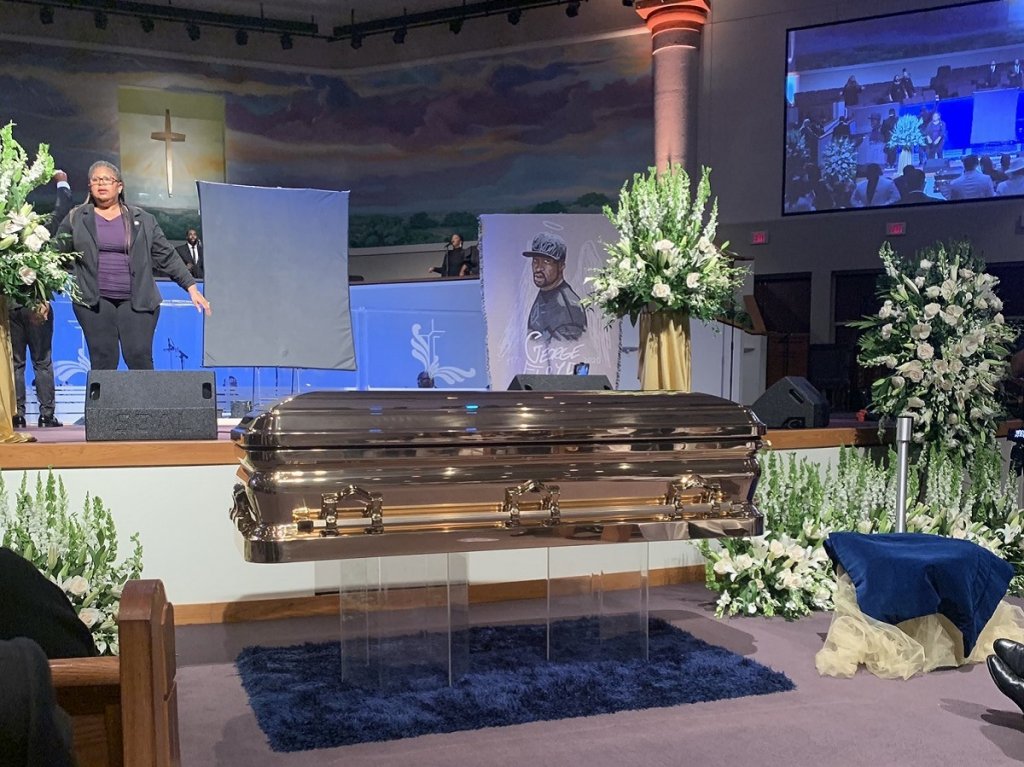
Caskets may be elaborate and adorned.
Because viewing the body is so important, families may go all out for an expensive casket and expect the funeral director to make sure their loved one is “casket-sharp.” The deceased may be wearing formalwear or at least something considered very stylish. The origins of this concept of “casket-sharp” may again derive from slave days when death was the only time a person of color could dress as they wanted, not in the uniform of slave, servant, or minstrel. Fashionable casket wear is the last outfit the person will wear, and the family wants it to be spectacular.
The casket itself may be adorned with fabric, pictures of the diseased, and many flower arrangements on the casket and positioned in the area around it. The custom of decorating the casket came from Africa, where many believed that placing items on the coffin would prevent the spirit of the deceased from roaming the world. The ancestors placed toys, dishes, cups, toys, and furniture there until after the funeral when the items were returned home.
In recent history, George Floyd, who expired at the hands of police, was buried in a gold casket – the ultimate sign that black lives do matter.
Funeral services are loud, with plenty of music.
Choirs and soloists, along with visiting artists and choices, provide lively renditions of popular Gospel songs and Negro spirituals as musicians on drums, bass guitar, keyboard, and an organ and/or piano accompany them.
Popular selections might include “Amazing Grace,” “Precious Lord,” “His Eye is On the Sparrow,” “When We All Get To Heaven,” “Total Praise,” and “I’ll Fly Away,” along with other meaningful Gospel songs.
As people make their last walk to the casket, they may sing a hymn such as “Victory Is Mine,” which again emphasizes that the funeral is homegoing.
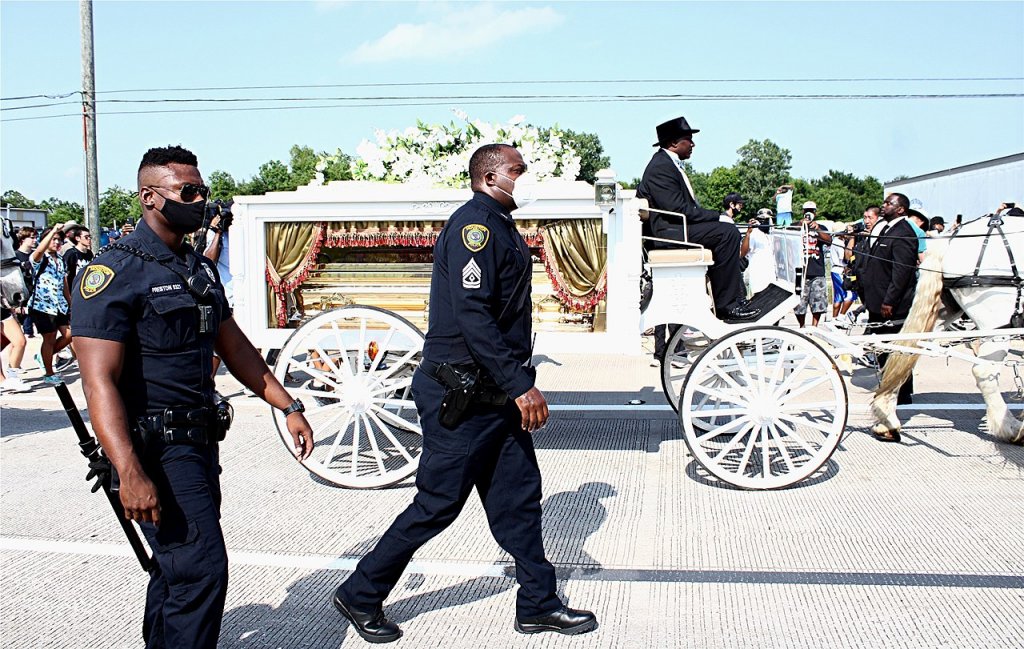
The funeral processional may include a marching band.
Sometimes, when the services are over, the processional may include a walk to the cemetery, accompanied by a marching band and a float that holds the casket. The New Orleans jazz funeral is the most prominent example of this type of lively processional.
The fanfare replicates the celebratory arrival of Jesus into Jerusalem just prior to his death.
The funeral programs are keepsakes,
The order of service and the obituary are included in the funeral program, but what makes the program unique are the pages of colored or black and white photos of the deceased. Mourners leave with a lovely memory of the person. In the program, the family offers preliminary thanks to the church, the funeral homes, and family and friends who have extended sympathy or brought food.
The funeral reception or repast often features a full meal.
Not even the most delicious food can quell grief, but the funeral reception or repast is meant to strengthen the body and provide fellowship to encourage the grieving family. Often, an auxiliary of church women prepares a plentiful feast served in the church hall or at the funeral home.
The eating and socializing may continue at the family home for a more select group of people.
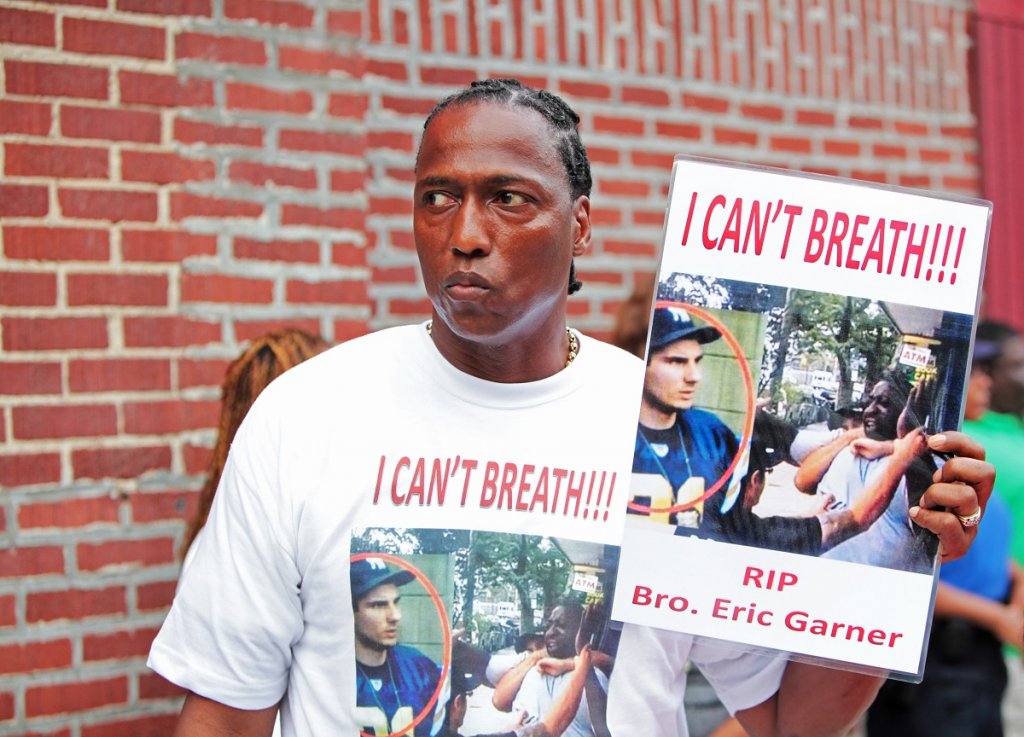
Funeral attire
Black or dark colors may be the order of the day, but several trends prevail:
- The family may set a color scheme and ask everyone to wear white, navy, red, or some other color.
- At the wake and funeral, many come in suits and dresses, but others dress however they want, which may include bright colors and graphic tees.
- Some families even offer RIP tee shirts with a picture of the deceased with angel wings, bible scriptures, and family nicknames. The shirts are a memory of the dead person who is now in heaven. People often slip into these during the repast.
As journalist Ida Harris notes, “For African Americans, the homegoing is the ultimate form of liberation. It is one of few Black spaces that has not been permeated with whiteness.”
She continues that at black funerals, “raw forms of Blackness are exercised—aesthetic, void of dress code, just “come as you are,” suited and booted, with colorful, elaborate hats, or oversized T-shirts honoring the deceased; celebration, gospel, grief, rage, repentance, the organ, and its sonorous chords melded with guttural chords of the vocalist—it all goes down.”
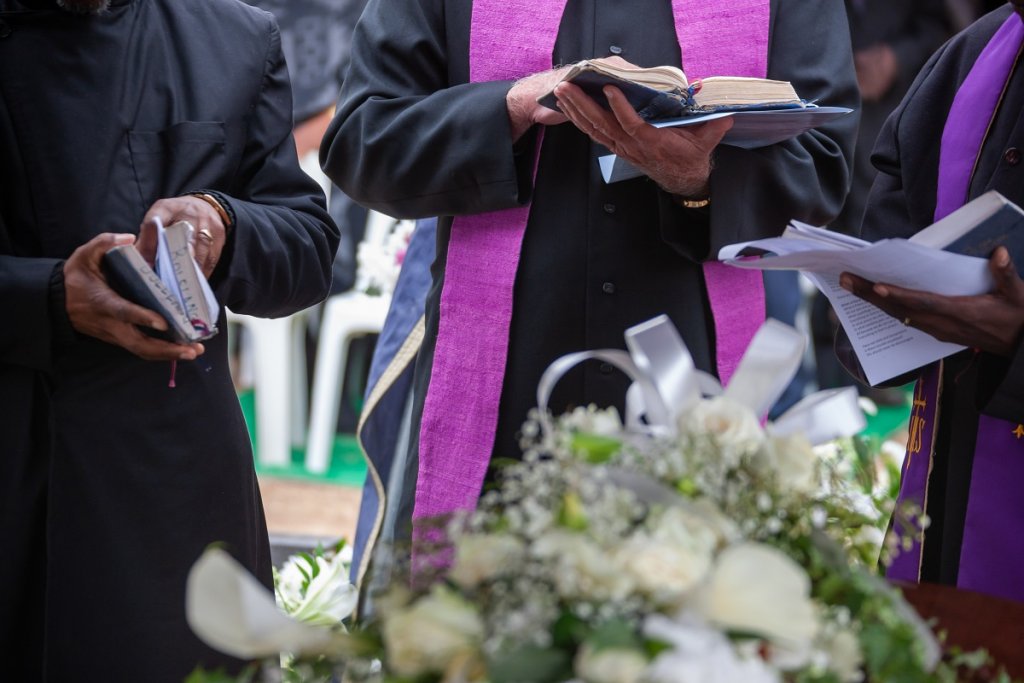
Order Of Service For A Homegoing Celebration of Life
Black funeral services have an order of service similar to other Christian funeral services. Family members and friends may do readings, while the choir and musician perform the music. The congregation often joins in on well-known songs.
- Musical Prelude
- Processional
- Old Testament reading
- New Testament reading
- Prayer
- Words of Encouragement from Clergy
- Solo

The next section has more participation from outsiders.
- Obituary (Usually read silently)
- Special Tributes from co-workers, representatives of community organizations and volunteer organizations where the decedent was a participant, and extended and immediate family and close friends. Some churches stick to the program, but others allow anyone who wants to say a few words about the departed to do so.
- Reading of Resolutions from church auxiliaries and organizations that acknowledge the good works and/or spiritual commitments of the deceased.
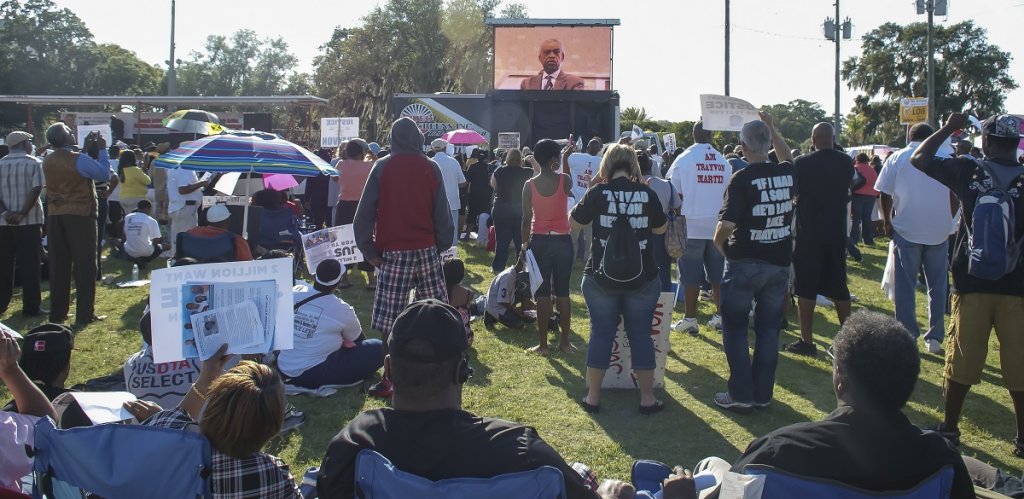
The service ends with a eulogy from the pastor or invited speaker.
At this time, if the casket is still open, the clergy invites the congregation to come to pay respects to the deceased one last time before it is closed. After the funeral home personnel close the casket, pallbearers carry it from the church, followed by the family. Designated women of the church remove the floral displays.
As the recessional continues, other members of the congregation exit the church. If burial immediately follows the service, a professional of cars goes to the cemetery. (As noted above, there may march on foot to the cemetery, often accompanied by a marching band.)

The Rise Of Black Funeral Homes
American funeral traditions changed in the late 19th century. Undertaking, which once meant building coffins, became a profession where blacks played an important role.
Prior to the Civil War, when people died, a group of women from the community might help a family with death care at home to help the family to prepare the deceased to be laid out in the parlor and then buried.
Over 600,000 people died in the Civil War, many of whom were far from home. Families wanted their loved ones shipped home for a funeral and local burial. After President Lincoln was shot, his body was embalmed, and embalming the dead to slow down decomposition became common.
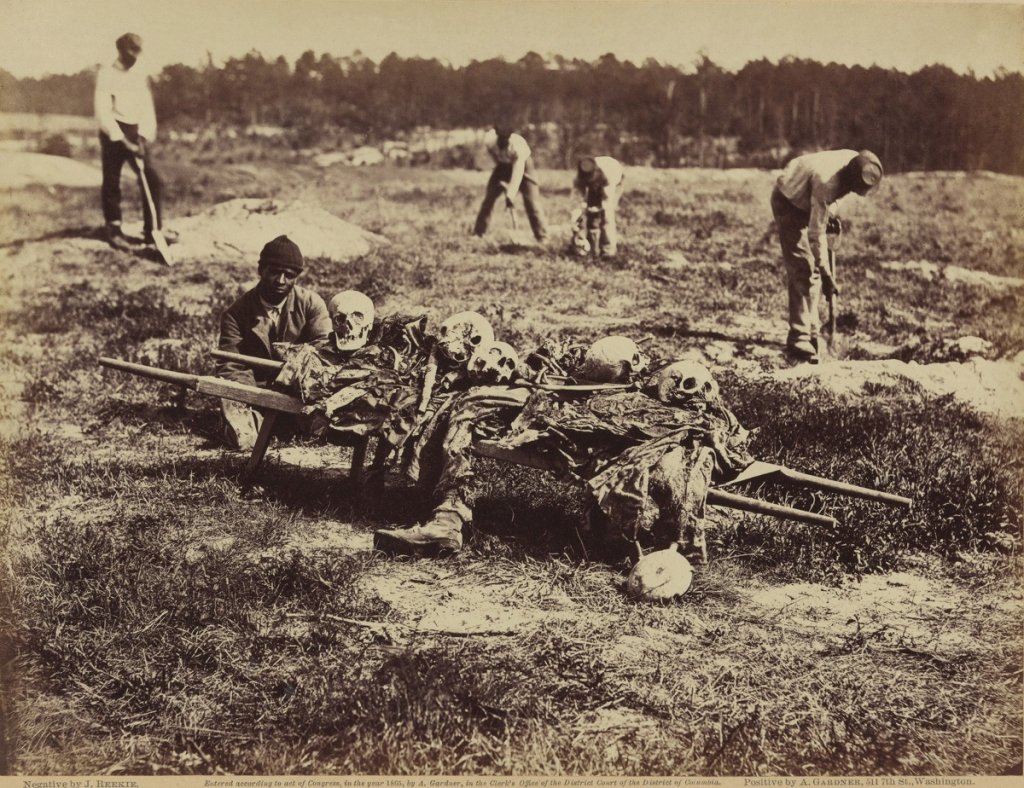
Black soldiers and civilians were assigned to recover the dead, embalm them, and either bury them or get them shipped home. While the work was something no one else may have wanted to do, the black workers both performed a noble service and gained vocational training.
The undertaker profession took off after the war, and many blacks benefited from the trend. In a segregated Jim Crow world, black undertakers provided vital services to the black community by preparing bodies for burial in a manner respectful of their customs and traditions. Black funeral homes were among the most profitable black endeavors, along with black bars, black beauty and barber salons, and the black church.
As the funeral industry developed, blacks were expelled from the National Funeral Directors Association, so they formed the National Funeral Directors & Morticians Association. to look out for their interests and preserve burial traditions. While neither organization is segregated today, the membership of the NFDA remains mostly, while the NFDMA has mostly black members.
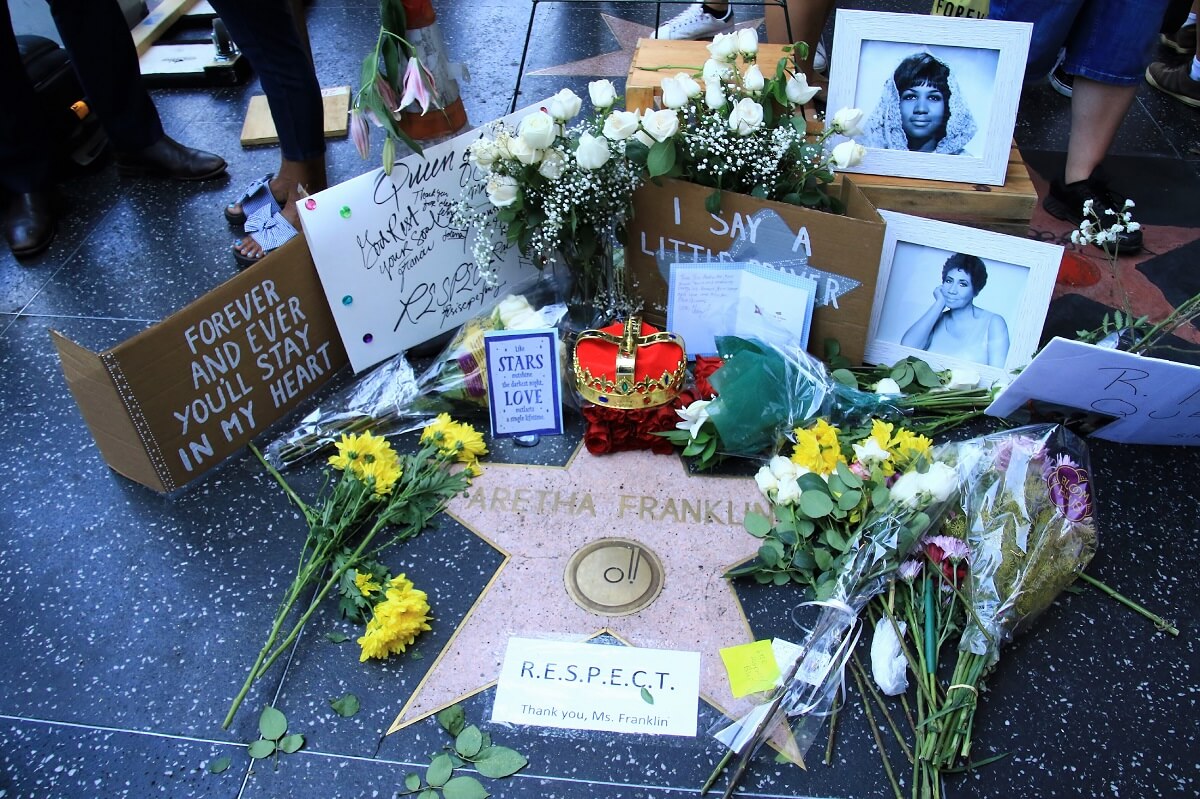
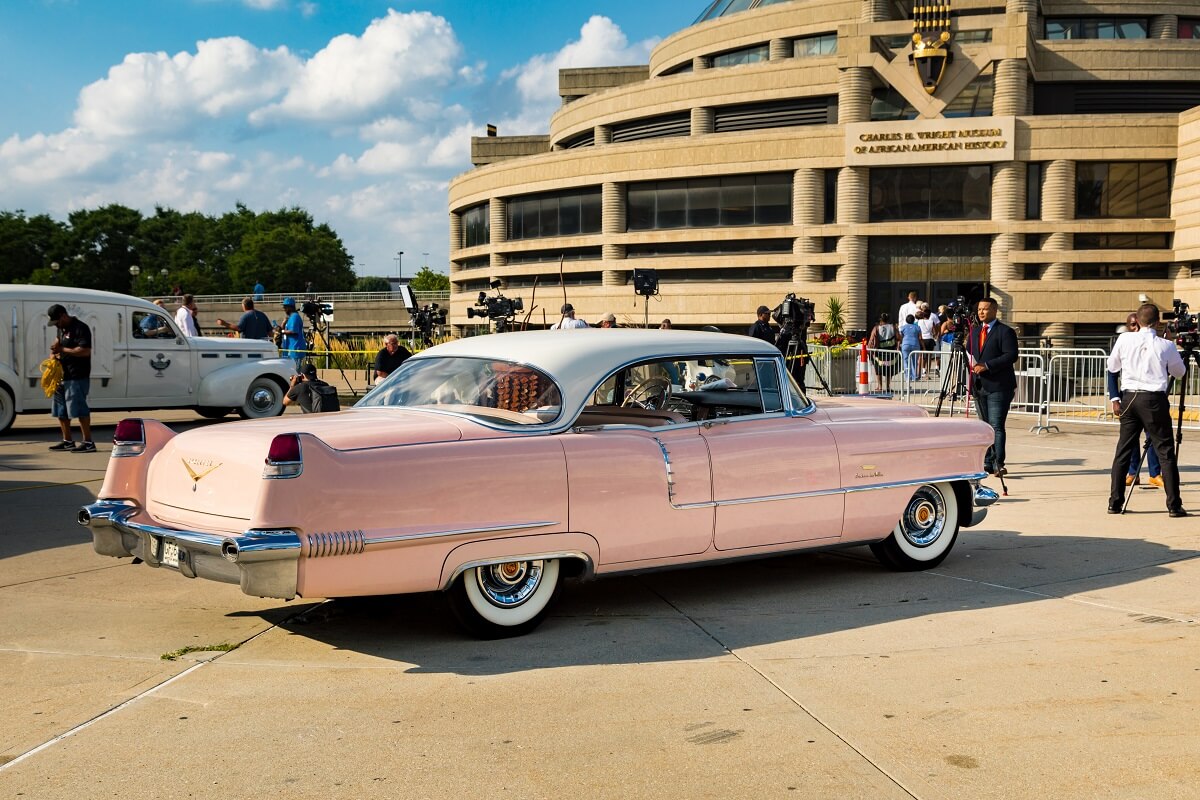
Black Funeral Traditions On Parade: the Aretha Franklin Funeral
The recent funeral of singer Aretha Franklin in 2018 put on display many of the elements played out on a smaller scale at many black funerals.
For three successive days of viewing at the Charles H. Wright Museum of African American History in Detroit, Aretha wore a different outfit each day, complete with 5-inch Christian Louboutin heels. And, for two of the days, she wore a fur coat like she used to drop on stage at her concerts. Her outfits ranged from a red chiffon and lace dress in the colors of her honorary sorority Delta Sigma Theta, followed by blue and rose gold outfits on subsequent days.
Her casket was bronze with 24k gold plating, like that of Michael Jackson and James Brown.
Her funeral lasted over eight hours the next day following the viewing.
Her body was brought to the church in the same 1940 LaSalle that once carried Rosa Parks and later Franklin’s own father. A funeral procession of more than 100 pink Cadillacs, her favorite, made their way down 7 Mile Road and surrounded the church.
A star-studded cast of musicians sang old favorites such as “Amazing Grace,” “Going Up Yonder,” “His Eye is on the Sparrow,” and other gospel standards. Reverend Jasper Williams, Jr., gave a powerful eulogy that veered off to admonish young black Americans, much to the dismay of the family, who felt that his words disrespected the powerful contribution Aretha Franklin made as a black woman, mother, and internationally known entertainer. Stevie Wonder and other entertainers retorted with a musical testimony to the “righteous love” and R-E-S-P-E-C-T that Franklin stood for.

